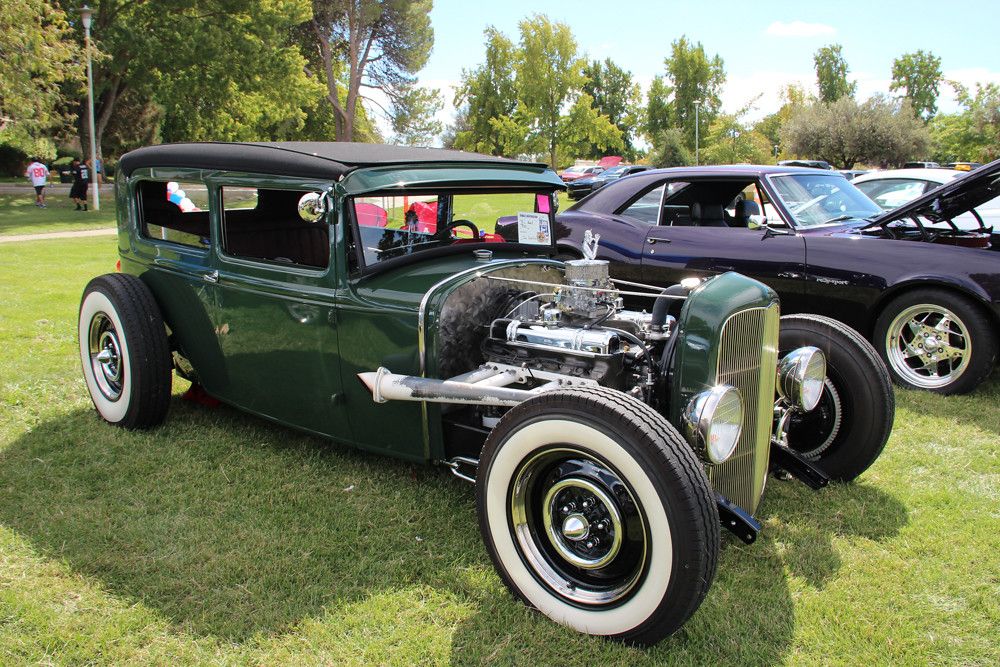
When the open road calls with the promise of a vintage automobile, the thrill of owning a piece of history is undeniable. For collectors and enthusiasts, however, the allure of classic cars extends beyond just their aesthetic appeal and performance; it’s deeply rooted in their authenticity. Ensuring that a vintage car is genuine—either in its original form or meticulously restored to factory specifications—is paramount, as it preserves history, celebrates craftsmanship, and, crucially, protects its value.
Authenticity is not merely a badge of honor; it is the bedrock upon which a classic car’s appeal, investment potential, and historical significance rest. A truly authentic vintage car connects you directly to automotive history, offering a tangible link to past eras of engineering and design. Without verified provenance and originality, a classic car can lose its luster, its story, and ultimately, its value in the discerning collector’s market.
Navigating the intricate process of authenticating a rare classic car can seem daunting, but it’s a critical journey for any serious buyer. This guide outlines 12 simple yet essential steps to help you decipher what makes a vintage automobile authentic and how to spot the signs of a truly original vehicle. By systematically applying these checks, you can confidently confirm the provenance of your prospective classic, ensuring your investment is a genuine collector’s item.
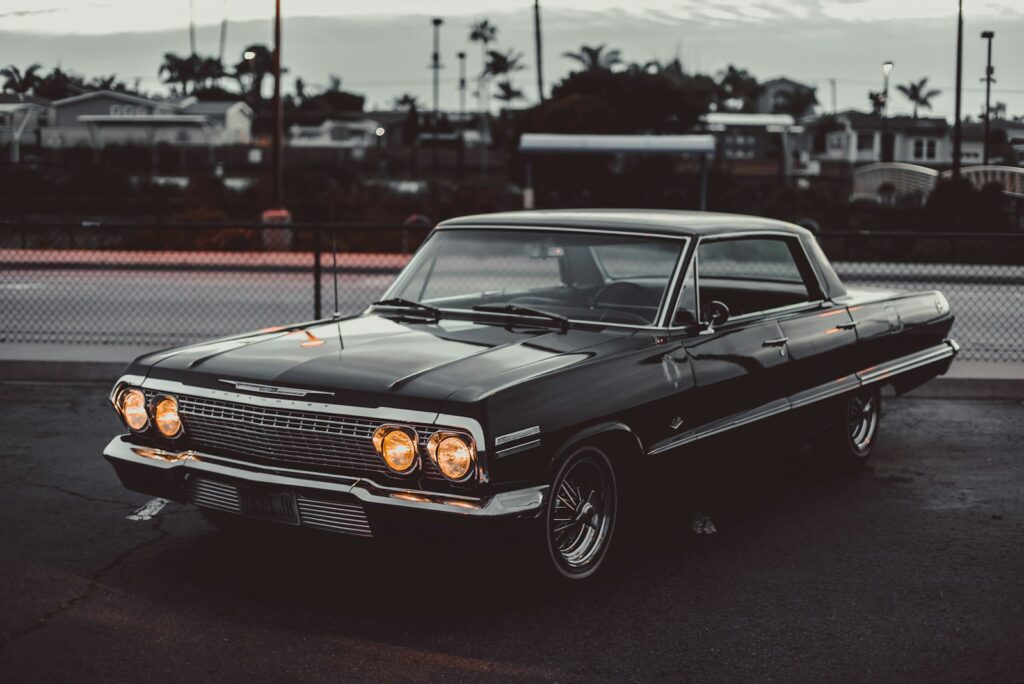
1. **Research the Car’s History**A thorough investigation into a vintage car’s history is one of the first and most foundational steps to confirm its authenticity. This deep dive into its past can reveal a wealth of information about its life before it came into your sights. By understanding the car’s previous ownership, its maintenance records, and whether it has ever been involved in any accidents or major repairs, you can begin to gauge its overall condition and verify its narrative.
Look meticulously for documentation such as past service records, any insurance claims filed, and any signs of restoration work that might have been undertaken. A vehicle’s detailed history can often reveal if it has been diligently kept in its original form or if there have been significant alterations that may affect both its value and its collectability. It is absolutely important to verify these details to ensure the car is free from any undisclosed issues, such as prior damage or suspicious repairs that might render the car less valuable or, worse, unsafe to drive.
In addition to poring over official records, it’s highly beneficial to check with specialized car clubs or online forums where seasoned collectors might have invaluable information about the specific make and model you are considering. Some vintage cars may even have a known reputation or be associated with certain prominent collectors, which could help you uncover even further details about its past. Researching the car’s history can often be done through online databases, by contacting the car’s original manufacturer, or in some fortunate cases, even directly contacting the previous owner if their information is available. The more comprehensive your understanding of its past, the better equipped you will be to assess whether it’s truly the right choice for your collection.
Provenance, which refers to the history of the car, including its previous owners, helps establish its authenticity. A well-documented provenance can verify that the vehicle is not a replica or a modified version. This historical lineage is a significant factor in a car’s overall appeal and investment value, as it tells the unique story of that particular automobile and its journey through time.
Read more about: Your Ultimate Guide to Savvy Negotiations: Simple Strategies for Securing the Best Price on a Rare Classic Car

2. **Verify the Vehicle Identification Number (VIN)**The Vehicle Identification Number (VIN) is an absolutely key factor in determining whether a vintage car is truly authentic. Every single car has a unique VIN, which is typically located in several consistent places: on the dashboard, etched onto the engine block, and inside the driver’s side door frame. This unique identifier serves as the car’s fingerprint, helping you trace its original manufacturing records, such as its exact make, model, year of production, and even its production location.
By carefully verifying that the VIN matches across all these physical locations on the car and consistently aligns with the manufacturer’s records, you can confirm with confidence that the car is not a replica, a Frankenstein vehicle, or one that has been tampered with. This cross-referencing is a non-negotiable step in the authentication process. It provides a direct line to the car’s birth certificate and ensures consistency throughout its structure.
If, during your inspection, the VIN appears altered, scratched, or inconsistent in any way with the car’s other features and documentation, it could be a significant red flag, signaling that the vehicle is not original or may even have been stolen at some point in its history. Many buyers, unfortunately, overlook the paramount importance of checking the VIN, but doing so is one of the simplest yet most effective ways to avoid buying a counterfeit or illegally modified vintage car. This is a straightforward yet vital step in ensuring the authenticity of any car you are interested in purchasing, offering a quick and definitive verification point.
Pre-1981 VINs, it is important to note, are not standardized and can vary significantly by manufacturer. For these older vehicles, you’ll need to use classic car history reports, meticulously check VIN plates on the frame or engine, or consult DMV records to meet classic car verification needs. The VIN verification process ensures the VIN matches documentation, preventing issues with stolen or rebuilt cars, thus securing a critical piece of the authenticity puzzle.
Read more about: Maximize Your Deal: 10 Actionable Steps to Sell Your Car to a Dealer for Hundreds More
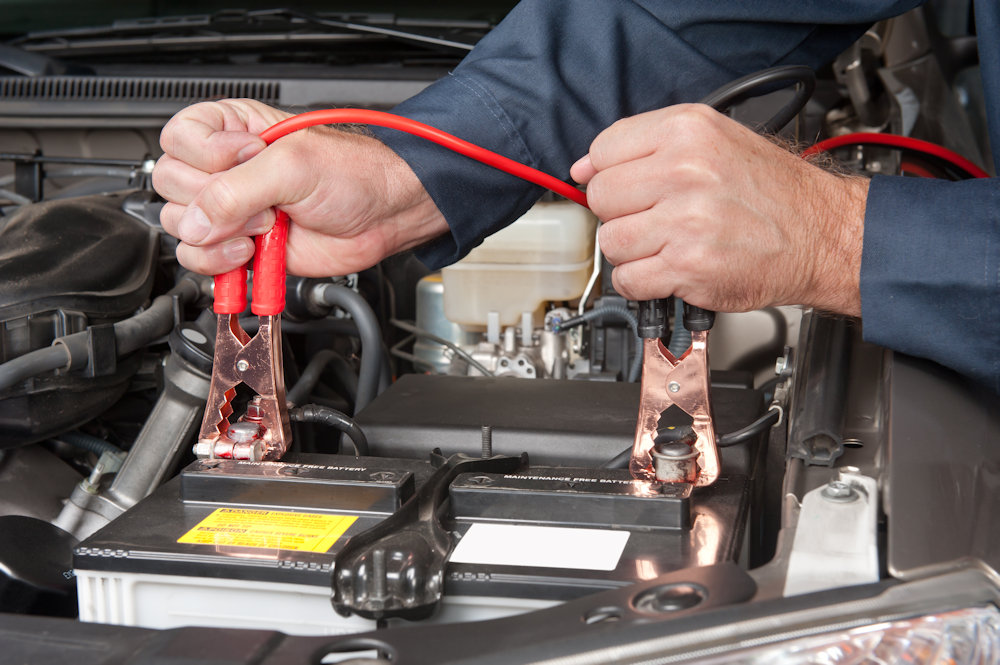
3. **Inspect the Car’s Body and Frame**The body and frame of a vintage car offer extraordinarily significant insight into its authenticity and structural integrity. Over the many years that a vintage car has existed, it may have undergone various repairs, which can unfortunately affect its originality and overall value. Therefore, a meticulous inspection of these core components is absolutely essential to uncover any hidden truths.
Look diligently for signs of past repairs such as welded seams that don’t appear factory original, obvious patchwork, or mismatched body panels. These irregularities could strongly suggest that the car has been involved in an accident or has undergone significant, and potentially unoriginal, alterations. In some particularly tricky cases, these repairs may have been expertly hidden by new paint or other cover-ups, making a thorough and careful inspection an indispensable part of your process.
The car’s frame is an especially important component to scrutinize, as any serious rust or structural damage could severely compromise the car’s integrity and safety. Rust, in particular, can be a clear indicator of extensive exposure to harsh environmental conditions or improper storage over the years, and in many instances, it can be extremely difficult, if not impossible, to fix properly without significant compromise. An original vintage car should ideally boast a well-maintained, solid frame that shows no signs of having been replaced or repaired significantly throughout its lifespan. A pristine frame is not just a sign of excellent maintenance; it can also powerfully point to the car’s authenticity, demonstrating that it has not been tampered with over the decades and has retained its factory-correct structure.
Read more about: Your Ultimate Guide to Savvy Negotiations: Simple Strategies for Securing the Best Price on a Rare Classic Car
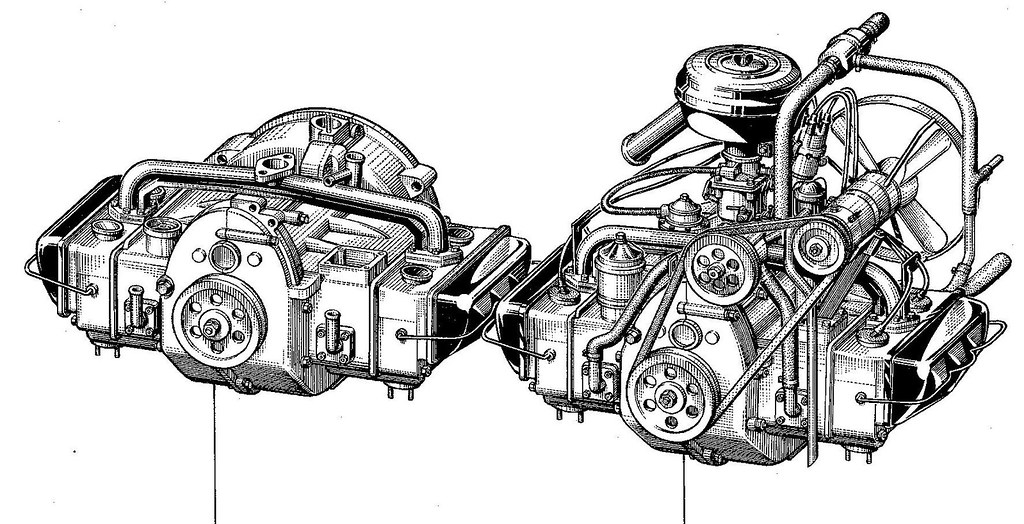
4. **Check for Originality of Parts**When purchasing a vintage car, one of the most important factors in verifying its authenticity is diligently checking whether it still retains its original parts. Over the many years, countless vintage cars may have undergone modifications or had various parts replaced due to routine wear and tear, or even due to preference. It is absolutely essential to ensure that key components, such as the engine itself, the wheels, all interior features, and crucial exterior parts, are original to the vehicle or are true, period-correct replacements specific to the model.
Authenticity is a quality that is highly valued and rigorously sought after in the collector’s market, and the presence of original parts significantly contributes to the car’s historical value and intrinsic worth. Examine specific critical areas like the engine compartment, thoroughly inspect the electrical systems, and meticulously check the dashboard to confirm the use of original, factory-installed parts. Comparing the car’s features with official factory documentation, such as build sheets, or even with period photographs of the exact same model, can help you identify any discrepancies or unauthorized modifications.
If you discover aftermarket parts, particularly in critical and performance-defining areas like the engine or transmission, it might unfortunately affect the car’s value and its classification as a truly authentic vintage model. Originality in parts is not just about preserving the car’s aesthetic appeal; it also plays a major and undeniable role in maintaining the car’s mechanical integrity and its overall historical appeal. The more original the car’s parts — especially key components like the engine, gearbox, and body panels — the higher its authenticity will be.
Read more about: Mastering Classic Car Valuation: A MotorTrend Guide to Unlocking Your Collection’s True Worth

5. **Confirm the Engine and Transmission Match the Model (‘Matching Numbers’)**For a great many vintage car enthusiasts and serious collectors, the engine and transmission are integral, almost sacred, components when it comes to assessing a vehicle’s authenticity. The engine, being the heart of the automobile, should precisely match the model and the production year of the car, a fact that can often be meticulously verified by checking the engine number and corresponding original documentation. If the engine has been swapped for a different one, even if it’s from the same manufacturer, the car may significantly lose its value as a genuine example of that specific model, diminishing its historical accuracy and collector appeal.
In addition to the engine, the transmission should also align perfectly with the original factory specifications. This ensures that the car delivers the authentic driving experience and performance characteristics it was designed to provide when new. Any deviation here can indicate a departure from the car’s original engineering and intended feel. It’s important to cross-check the car’s engine and transmission numbers with factory records to confirm that they are indeed the original components installed at the time of manufacture.
A mismatch between the car’s engine number and its VIN or other identifying records can be a strong indicator that the car has been altered from its original configuration, which could directly impact its authenticity and overall market desirability. The term “matching numbers” refers to the fact that the vehicle’s engine, transmission, and chassis numbers precisely match the original records from the manufacturer. For collectors, this concept of matching numbers is crucial, as having a car with its original engine and transmission not only guarantees its authenticity but also ensures that you are truly getting the most genuine vintage experience possible.
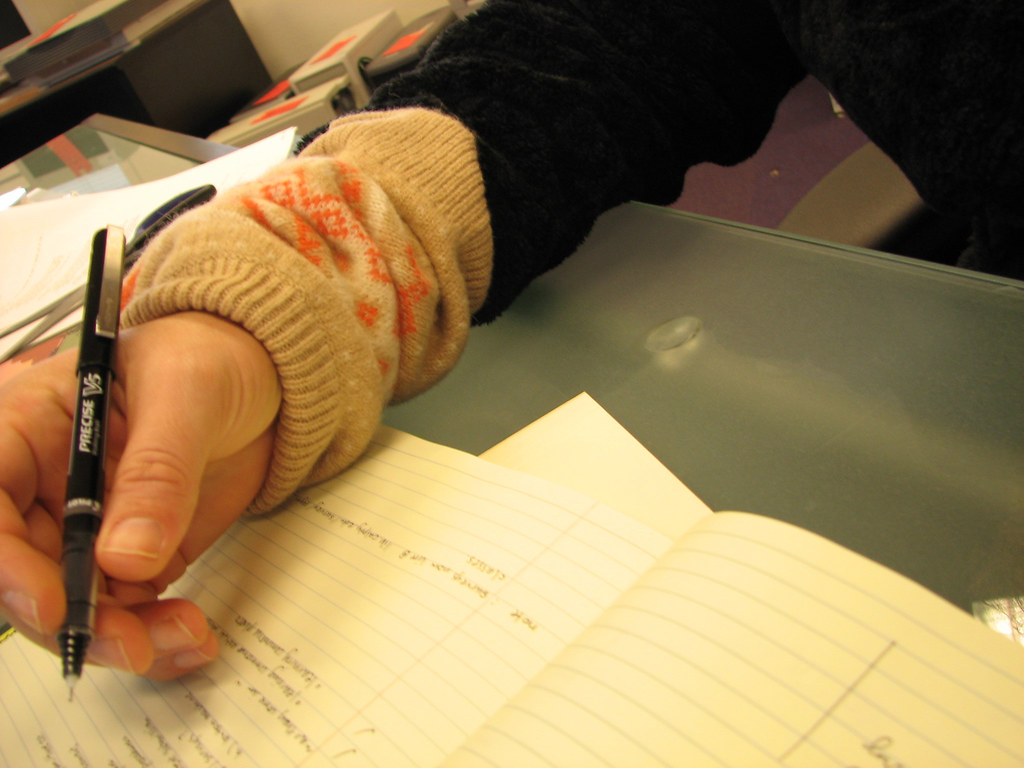
6. **Examine All Car Documentation**Documentation stands as an unshakeable cornerstone when verifying the authenticity and provenance of a vintage car. Truly authentic classic cars should ideally come with a complete and comprehensive set of documents, such as the original owner’s manual, a detailed history of all maintenance records, and a clear, unbroken title history. These invaluable records will provide profound insight into the car’s past ownership, its service history over the decades, and any significant repairs or modifications it may have undergone.
It is especially important to look for documentation that clearly proves the car has been properly maintained and cared for over the years, as this can significantly increase its value and desirability in the collector’s market. The presence of original paperwork, such as the vehicle’s original purchase contract or dealer invoices, adds immense legitimacy to the car’s claim of authenticity. These documents act as a historical timeline, charting the car’s journey from the showroom floor.
Additionally, a well-documented history helps firmly establish provenance, which, as discussed earlier, is a highly valuable and often sought-after factor in the vintage car market. Be extremely cautious if the car lacks any significant paperwork, as this could strongly suggest that the car’s history is incomplete, potentially fabricated, or simply obscured, which is often a major red flag for potential buyers. A 1955 Thunderbird owner, for instance, resolved a missing title issue with a notarized affidavit, highlighting the importance of rigorous documentation.
Essential documents required also include a title certificate which verifies legal ownership, a notarized bill of sale to confirm purchase details, and VIN verification to validate the car’s identity. Other crucial records that strengthen your case are the classic car build sheet, which lists factory specifications like engine type, and classic car service records, documenting consistent care. Restoration receipts are also vital, proving the use of OEM parts in any work done. Missing titles, common with older cars, might require title recovery services or bonded titles, emphasizing the complexity and importance of this step.
Read more about: Mastering the Hunt: 12 Essential Tips for Safely Buying Classic Car Parts Online

7. **Look for Signs of Repaint or Respraying**One of the most telling indicators of a classic car’s true condition and originality often lies beneath its surface, specifically in its paint finish. When inspecting a vintage automobile, diligently checking for signs of repainting or respraying is absolutely crucial for confirming its originality. A fresh coat of paint, while aesthetically pleasing, may be concealing prior damage, extensive repairs, or underlying rust issues, which could significantly affect the car’s authenticity and long-term value. It’s vital to assess the quality of the paint and determine whether it precisely matches the car’s original factory color and finish.
Original vintage cars typically either retain their factory paint job, displaying a natural patina that gracefully reflects their age and history, or they have been meticulously restored to those exact factory specifications. Any inconsistencies in the paintwork should immediately raise a red flag. Look intently for mismatched body panels where the paint tones subtly differ, or for tell-tale overspray on non-painted components such as window trim, rubber seals, or door handles. Paint bubbling, another common sign, can indicate rust forming beneath the surface, suggesting improper preparation or rushed repair work.
These seemingly minor discrepancies can be strong indicators that the car has been repainted, potentially to mask more serious damage or to simply make it appear newer than it truly is. A comprehensive and careful inspection of the car’s paintwork will provide invaluable clues about its past. This helps you determine whether its aesthetic alterations have compromised its authentic state, directly impacting its collector appeal and overall market value. An original factory finish, or one expertly restored to period correctness, is a hallmark of a genuine classic.

8. **Inspect the Car’s Interior Features**The interior of a vintage car serves as a time capsule, playing a surprisingly major role in confirming its authenticity and reflecting its past life. A thorough examination of the cabin is essential to detect any alterations that might detract from its originality. Specifically, you should scrutinize the upholstery for signs of replacement, look for mismatched trim pieces, and identify any aftermarket additions that may have been installed over the decades, none of which were original to the vehicle. The condition and style of the dashboard, seats, and steering wheel should consistently align with the original model and authentically reflect the car’s age and era of manufacture.
A vintage car that has managed to preserve its original interior features, such as the factory seat covers, the authentic door panels, and the original carpeting, is a highly positive indicator that the vehicle has been exceptionally well-maintained and cherished throughout its lifespan. These original components contribute significantly to the car’s unique character and irreplaceable charm, factors that are highly prized by serious collectors. Conversely, any visible signs of wear or outright replacement, particularly if not period-correct, could significantly detract from the car’s cherished originality.
While a restored interior can often be a testament to dedicated care and craftsmanship, its execution is paramount. If the restoration does not adhere strictly to the original specifications and materials, it can unfortunately diminish the car’s overall authenticity, even if skillfully done. The ultimate goal is to ensure the interior reflects the correct factory specifications, ideally utilizing Original Equipment Manufacturer (OEM) parts for upholstery and other interior components, to maintain its true historical integrity and collector appeal.
Read more about: Your Ultimate Guide to Savvy Negotiations: Simple Strategies for Securing the Best Price on a Rare Classic Car
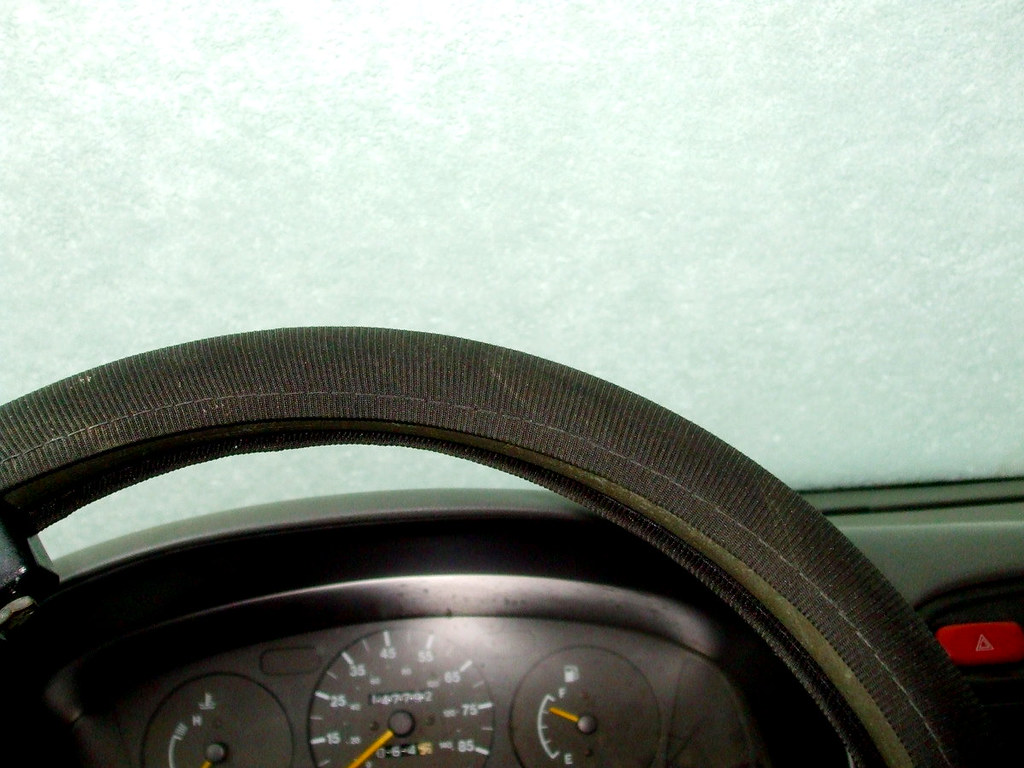
9. **Check for Manufacturer’s Markings and Serial Numbers**Beyond the VIN, a crucial step in confirming a vintage car’s authenticity involves meticulously checking for its manufacturer’s markings and various serial numbers located throughout the vehicle. These vital identifiers act as internal fingerprints, embedded by the factory on numerous critical components such as the engine block, the transmission casing, and the chassis itself. Cross-referencing these specific numbers with factory records provides a robust method to verify the car’s originality, confirming that these major parts are indeed original to the specific model and production year.
A noticeable absence of expected manufacturer’s markings or any inconsistencies, such as mismatched numbers between components, can be a significant red flag. Such discrepancies may strongly suggest that the car has undergone unauthorized modifications, or worse, that critical components have been replaced or tampered with at some point in its history. This careful scrutiny is indispensable for uncovering potential issues that might not be immediately obvious from a casual inspection.
It is equally important to ensure that these markings and numbers are consistent and unaltered across all relevant parts of the car. Authentic vintage cars should proudly display clear, factory-stamped, and undisturbed markings, which are a direct reflection of the car’s original manufacturing process and its untouched state. If any discrepancies are found, they strongly indicate that the car may not be as authentic as it initially appears. This meticulous verification of serial numbers and markings is closely related to the “matching numbers” concept, serving as a powerful safeguard against fraudulent vehicles and ensuring the integrity of your investment.

10. **Verify the Car’s Original Paint and Logos**When evaluating a vintage car’s authenticity, the condition and originality of its paint and accompanying logos offer profound insights into its history. Vehicles manufactured decades ago often featured distinctive paint finishes and factory-applied logos that are incredibly challenging, if not impossible, to replicate with perfect accuracy today. The presence of naturally faded or gently worn logos, or a paint job that demonstrably aligns with historical factory records, serves as compelling confirmation of the car’s authenticity and its undisturbed journey through time. These subtle signs speak volumes about the car’s untouched heritage.
Conversely, if the logos or the entire paint scheme appear suspiciously new or have been excessively restored, it could indicate that the car has undergone significant modifications or extensive repairs, which inevitably alter its original state. Such a pristine, ‘too-perfect’ appearance can sometimes detract from the genuine vintage appeal that collectors covet. It suggests a departure from the car’s original factory presentation, potentially impacting its historical integrity.
Beyond the primary paint, it is crucial to examine the car’s specific badges and emblems, as these are frequently unique to particular model years or trim levels. Over the many years, it’s common for vintage cars to have lost their original badges, or had them replaced with non-original alternatives. Having these meticulously preserved original details, including factory-correct badging and emblem placement, can make a truly significant difference in establishing the car’s undisputed authenticity and its overall market value. It is highly recommended to verify the exact specifications of these logos and the paint color by consulting historical data or, if feasible, by contacting the original manufacturer directly for authoritative verification.
Read more about: Inside Vanilla Ice’s Garage: A Deep Dive into the Rapper’s Eclectic and Multi-Million Dollar Automotive Collection
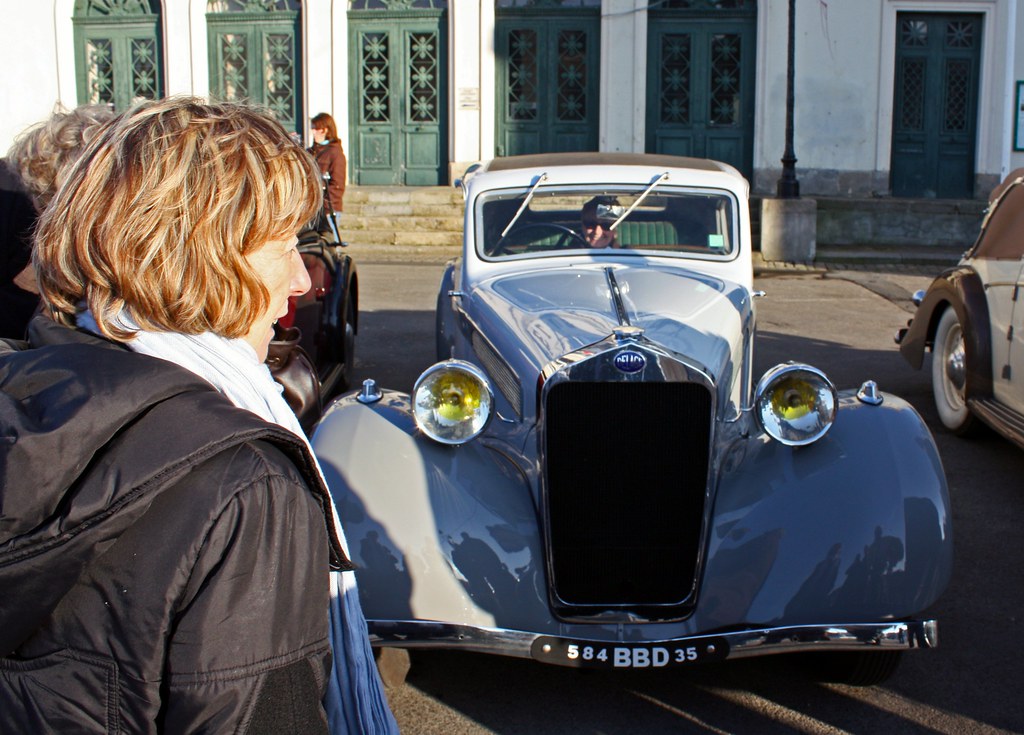
11. **Use an Expert to Inspect the Car**One of the most effective and often indispensable methods for definitively authenticating a vintage car before making a purchase is to engage the services of a professional inspector. Experts with extensive experience in vintage car restoration and detailed inspection possess a specialized eye capable of identifying hidden issues and subtle inconsistencies that an untrained individual might easily overlook. These seasoned professionals can conduct a comprehensive assessment of every critical aspect of the car, ranging from its intricate engine and transmission to the structural integrity of its body and the originality of its interior. Their objective is to confirm that all components are not only original but also in sound, good condition.
A professional, third-party inspection offers an invaluable layer of peace of mind and acts as a crucial preventative measure, safeguarding you from inadvertently acquiring a car with undisclosed or potentially costly problems. This step becomes particularly vital when you are considering the purchase of high-value or exceptionally rare vintage automobiles, where the stakes are considerably higher. These experts are equipped with specialized tools, comprehensive knowledge of historical manufacturing techniques, and access to crucial documentation that allows them to verify authenticity with unparalleled precision.
Furthermore, hiring an expert often comes with the benefit of a detailed written report. This official document can prove to be extremely useful, not only for guiding your decision on whether to proceed with the purchase but also for providing tangible leverage during price negotiations. Expert appraisers are adept at verifying authenticity against established classic car club standards and relevant DMV originality criteria, ensuring that your prospective investment is indeed a genuine and verifiable piece of automotive history.
Read more about: Your Ultimate Guide to Savvy Negotiations: Simple Strategies for Securing the Best Price on a Rare Classic Car

12. **The Importance of Certification**For a truly comprehensive authentication of a vintage automobile, official certifications from renowned bodies play a pivotal and highly valuable role. Certifications from well-respected organizations, such as Ferrari Classiche, the Porsche Certificate of Authenticity, or the Classic Car Club of America, serve to significantly enhance and solidify the authenticity claims of a vintage vehicle. These esteemed certifications are not merely decorative; they provide independent, authoritative confirmation that a car is either completely original or has been meticulously restored to its precise factory specifications.
This official stamp of approval from a recognized body offers potential buyers a profound sense of confidence and peace of mind. It acts as an undisputed verification, assuring that the vehicle meets stringent historical accuracy standards and is genuinely what it purports to be. For collectors, such certifications translate directly into added prestige and, crucially, a higher valuation in the discerning classic car market, underscoring the vehicle’s verifiable historical integrity.
The value of certification extends beyond market price, impacting practical aspects of classic car ownership. These distinctions often determine a vehicle’s eligibility for special historic vehicle license plates, exemptions from certain emissions regulations, and participation in exclusive car shows or parades. By securing such a certification, you not only preserve and validate your car’s unique heritage but also ensure its legal recognition and eligibility for specific benefits, allowing you to enjoy your authentic classic car with complete confidence in its provenance.
Bringing a classic car into your collection is an experience that deeply connects you with automotive history, a tangible link to past eras of engineering and design. However, as this guide has meticulously outlined, successfully navigating the path to true ownership means proving its originality through a series of careful, systematic steps. This journey, from initial VIN verification to examining every nuance of documentation, parts, and finish, culminating in expert inspections and official certifications, is undeniably complex. It requires a keen eye, considerable patience, and often the invaluable assistance of experienced professionals.
Read more about: Navigating the High Stakes: 14 Essential Questions to Ask Your Celebrity Financial Manager for Unrivaled Wealth Protection and Growth
Yet, by diligently following these 12 essential steps, you can confidently decipher the authenticity of any vintage automobile. This meticulous approach ensures that your investment is not just a car, but a genuine, historically significant collector’s item, allowing you to celebrate its heritage and enjoy your classic with undeniable assurance.

